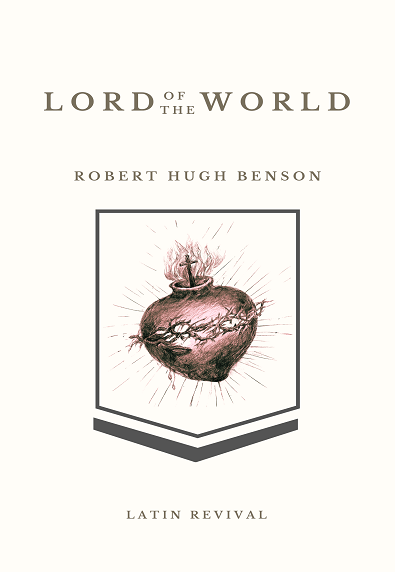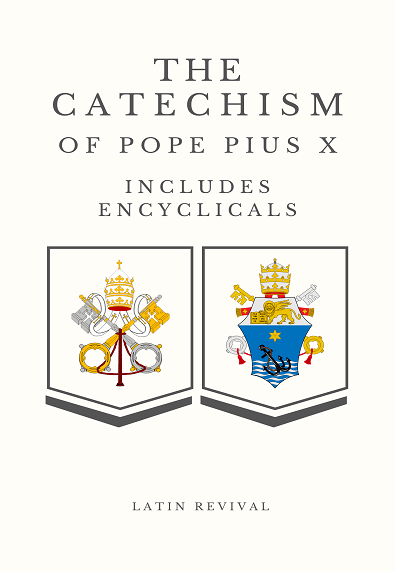
Latest Book
Bobert Hugh Benson
The world is divided, people are grappling with the suppression of religious freedoms. This novel explores the dangers and consequences of a society devoid of moral grounding.


Robert Benson

Pope Pius X

Pope Pius X

Pope Pius X